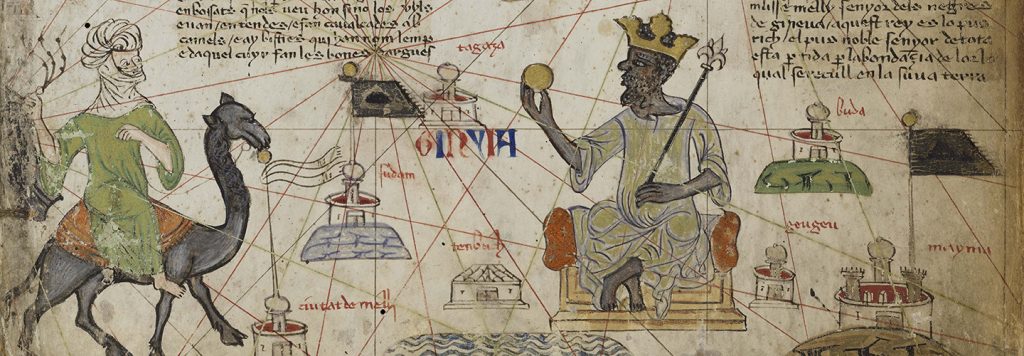
Few things leave themselves open to expansion and clarification quite as much as history. Those mandatory studies of the past we took in school amount to tiny and often highly skewed slivers of what happened when. Compared to the enormity of events that comprise the whole of human history, they are but droplets on a vast sea.
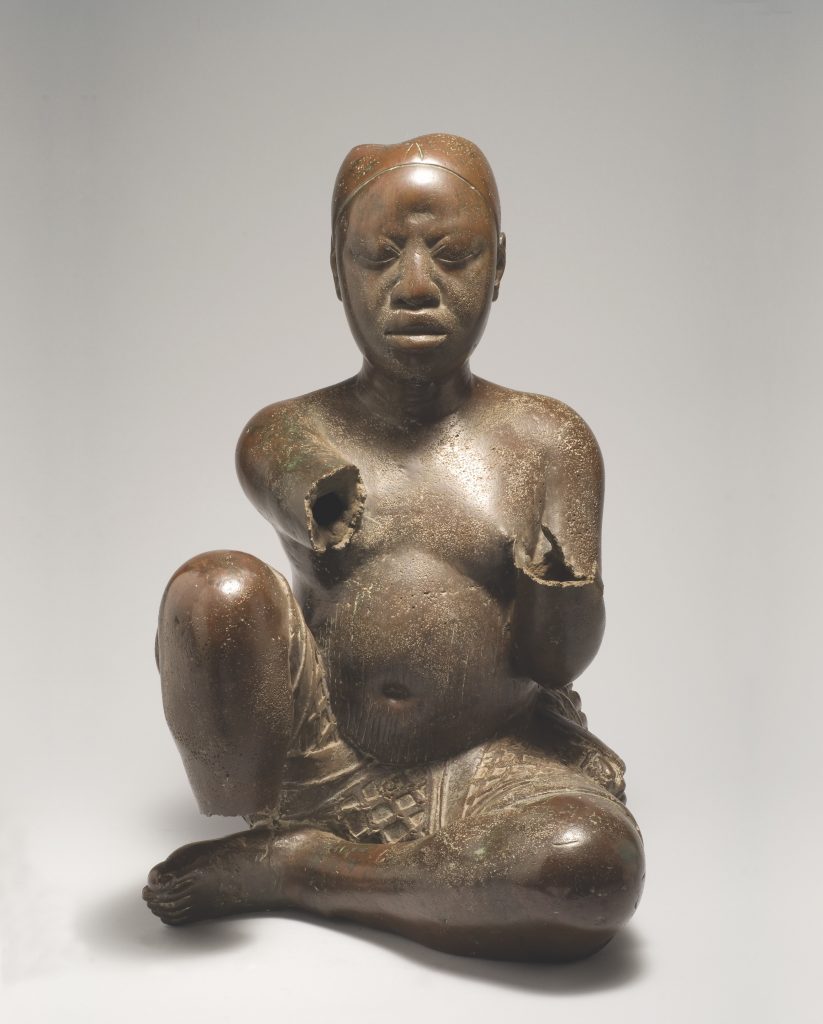
Scheduled to move to Toronto in mid-July before coming to rest in the Smithsonian, Caravan of Gold, Fragments in Time: Art, Culture and Exchange across Medieval Saharan Africa sets a few records straight while letting us peer into a startling and beautiful world where Africans played a pivotal role in global trade. Currently residing in Northwestern’s Block Museum, the exhibit upends much of what we thought we knew about African history and details the staggering influence northern African countries held on the movement of gold, salt and ivory across the Sahara during the Medieval Age from the 8th to the 16th century.
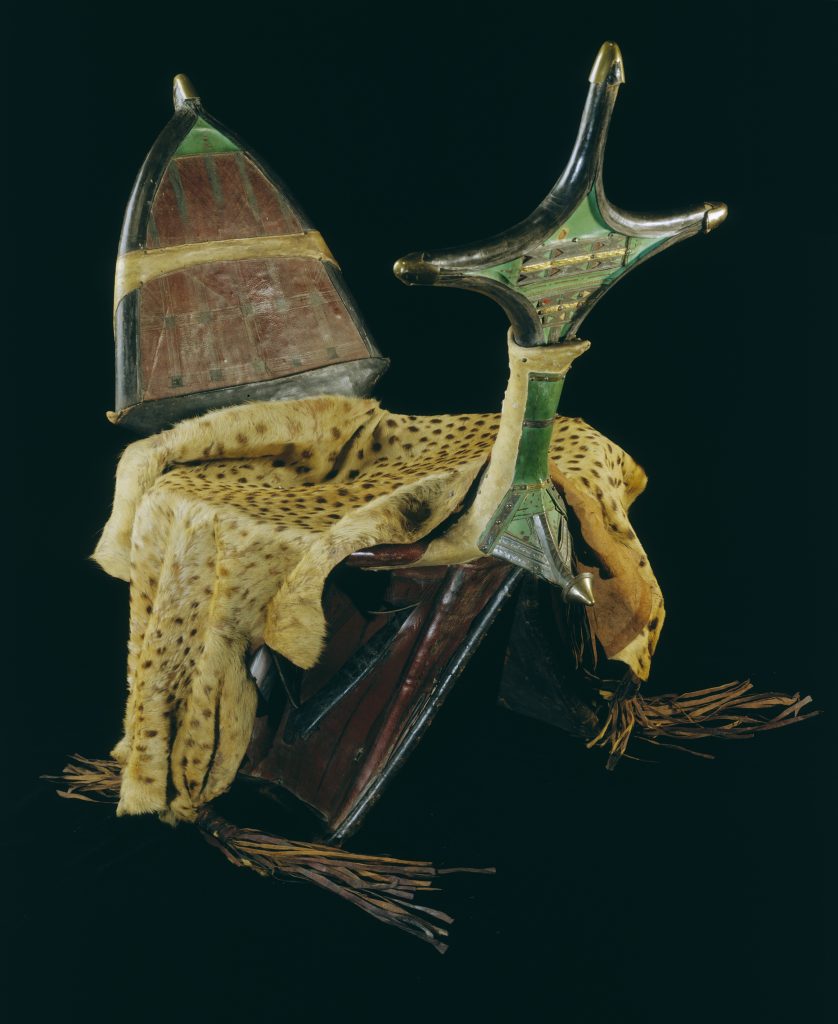
Taking nearly eight years to assemble, the 250 art works and relics collected from Mali, Morocco, Nigeria and Europe give testimony to the depth of influence African cultures had on trade traveling across the Sahara west to the Europe via the Mediterranean and east to Morocco and the Middle East.
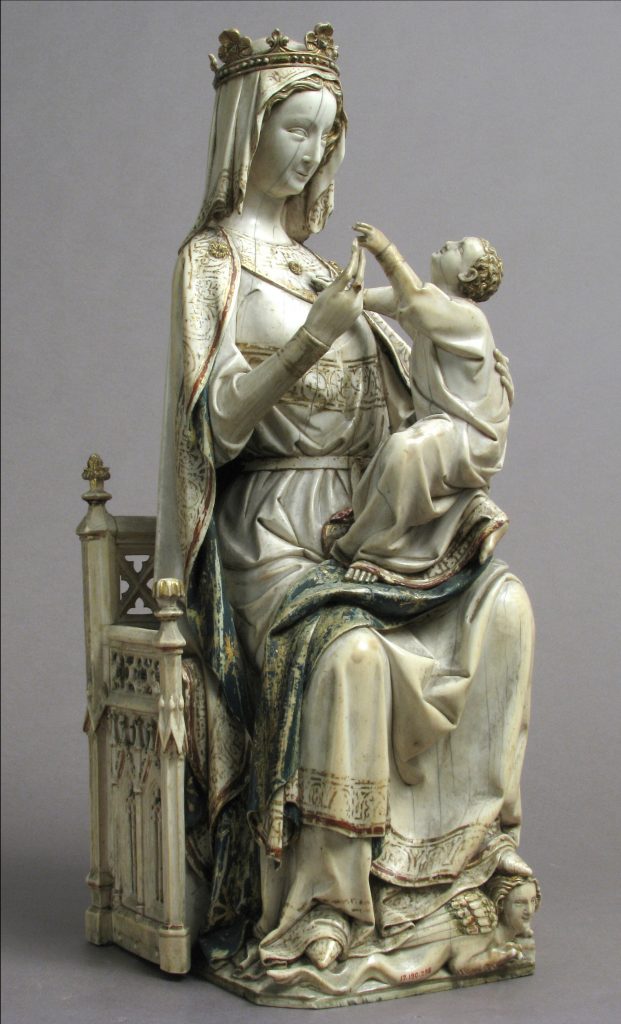
Shaped by colonialism and its legacy of enslavement and exploitation, contemporary views of African history before colonialism virtually does not exist. But it is this period before the continent was plundered that Mali found itself not only the source of half of the world’s salt supply; but also half of its gold supply. The commerce of both generated a sophisticated flow of trade and goods so extensive that Venice, Genoa and Granada were common destinations and departures points supporting it. At its peak during the 13th century, it saw the rise of the richest man in history, Mansa Musa, whose estimated net worth in modern day dollars has been estimated to have been 400 billion dollars.
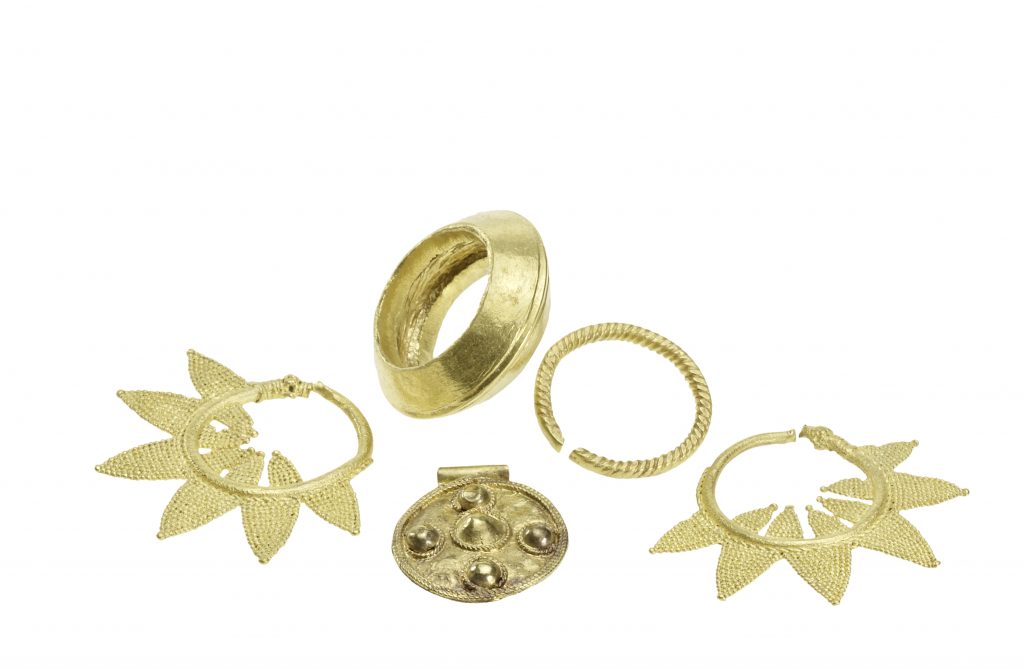
The Block Museum’s exhibit has collected and assembled artifacts that reflect the reality of that trade from highly ornate and beautifully elaborate camel seats to the ancient tools and accoutrements used for pressing gold into coins. It also explains the significance of the salt trade and displays the result of how African goods like ivory were transformed into objects of art used in European religious ceremonies.
Admission is free. The experience couldn’t be richer.
Caravan of Gold, Fragments in Time: Art, Culture and Exchange across Medieval Saharan Africa
Through July 22, 2019
The Block Museum of Art
40 Arts Circle Drive
Evanston, IL 60208
847-491-4000
block-museum@northwestern.edu